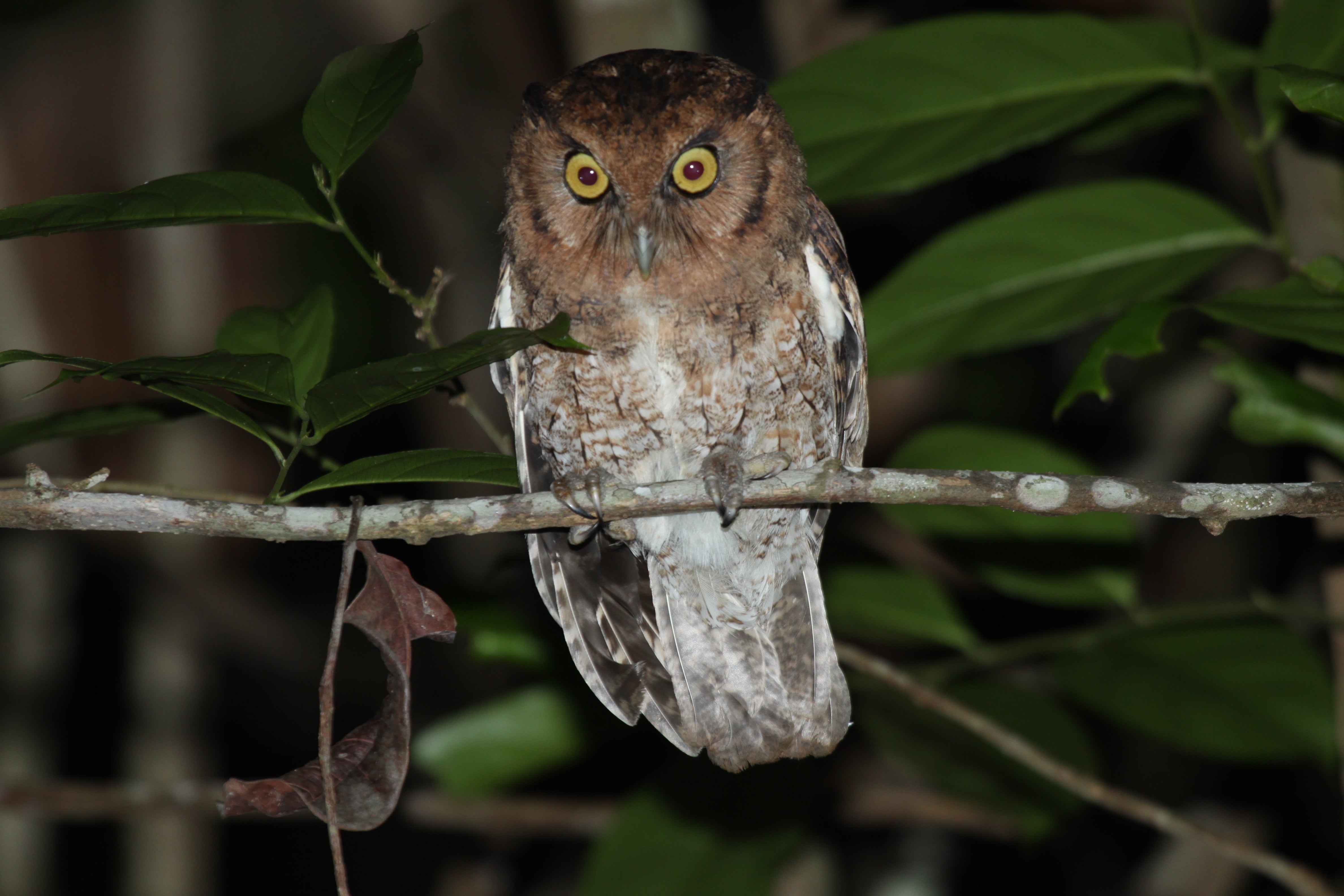Two new species of ‘critically endangered’ owl discovered in Amazon rainforest
The discovery highlights the huge level of biodiversity at risk due to human activity, writes Harry Cockburn


Even as rampant deforestation claims swathes of the Amazon rainforest every year, scientists are still discovering fascinating previously unrecognised creatures - and that is largely during daylight hours.
At night the jungle becomes a whole new realm, alive with nocturnal animals which have remained even more elusive to humans than those which come out in the day.
Researchers have found and described two new species of owls which live in the Amazon and Atlantic forests, both of which they believe are already critically endangered.
They are both in the same family as the eastern screech owls which are common in the United States.
The combination of genetic variation, physical differences, and unique vocalisations led the team to describe two new species: the xingu screech owl - due to its proximity to the Xingu River - and the alagoas screech owl - in reference to the northeastern Brazilian state of Alagoas where the owl is primarily found.
Read more:
John Bates, curator of birds at the Field Museum in Chicago and one of the study’s authors said: “They’re cute little owls, probably five or six inches long, with tufts of feathers on their heads.
“Some are brown, some are gray, and some are in between.”
The species had previously been seen, but had not been recognised as distinct and as a result had been “lumped together with the tawny-bellied screech owl and the black-capped screech owl, which are found throughout South America”, the researchers said.
“Screech owls are considered a well-understood group compared to some other types of organisms in these areas,” said Dr Bates.
“But when you start listening to them and comparing them across geography, it turns out that there are things that people hadn’t appreciated. That’s why these new species are being described.”
This is how the researchers began to study and gather data on the owls. By recording their calls and comparing them to other screech owls, the recordings suggested they were separate species.
“Not even professional ornithologists who have worked on owls for their entire lives would agree about the actual number of species found in this group, so a study like ours has been awaited for a really long time,” said Alex Aleixo, head of the research team responsible for the study, and curator of birds at the Finnish Museum of Natural History at the University of Helsinki in Finland.

The process of finding the differences between the species started with years of fieldwork in the Amazon rainforest as well as the Atlantic forest running along the eastern part of Brazil and surrounding countries, the researchers said.
Dr Bates, who had conducted most of his previous fieldwork during the day, said that at night the rainforest is full of new challenges.
“For me it’s more a feeling of fascination than being scared, but at the same time, you’re running into spider webs. If you’re wearing a headlight you see the eyeshine of the nocturnal animals. One time I was stepping over a log and I looked down and there was a tarantula the size of my hand just sitting there. If I had been a kid I would have been scared to death.”
The owls the researchers were looking for live in the trees, often a hundred feet above the forest floor, which made finding and studying them difficult.
“To draw the birds out, we used tape recordings,” Dr Bates said. “We’d record their calls and then play them back. The owls are territorial, and when they heard the recordings, they came out to defend their territory.”
The scientists then compared the birds’ calls and found that there were variations in the sounds they made, indicative of different species. They also examined the birds’ physical appearances and took tissue samples so they could study the owls’ DNA at the Field Museum’s Pritzker DNA Lab.
Altogether, 252 specimens, 83 tape-recordings, and 49 genetic samples from across the range of the tawny-bellied screech owl family in South America were analysed.
A significant number of specimens were collected by the research team itself, especially the study’s lead author Sidnei Dantas, who spent a good share of his time in graduate school searching for and tape-recording screech owls in South American rainforests.
In addition, the team said natural history collections built up over the centuries were essential to complete the study’s sampling.
“The study would not have been possible if it were not for the great biological collections in Brazil and USA which I visited during my work, and that sent us essential material, either genetic and morphological,” Mr Dantas said.
“Both new species are threatened by deforestation,” said co-author Jason Weckstein, associate curator of ornithology in the Academy of Natural Sciences of Drexel University.
“The xingu screech owl is endemic to the most severely burned area of the Amazon by the unprecedented 2019 fires, and the alagoas screech owl should be regarded as critically endangered given the extensive forest fragmentation in the very small area where it occurs,” he said.
Dr Bates says he hopes that the study will shed light on how varied the Amazon and Atlantic forests are and how simply protecting certain areas isn’t enough to preserve the forests’ biodiversity.
“If you just say, ‘well, you know Amazonia is Amazonia, and it’s big,’ you don’t end up prioritising efforts to keep forests from being cut in these different parts of Amazonia. That could mean losing entire faunas in this region.”
The research is published in the journal Zootaxa.
Join our commenting forum
Join thought-provoking conversations, follow other Independent readers and see their replies
Comments